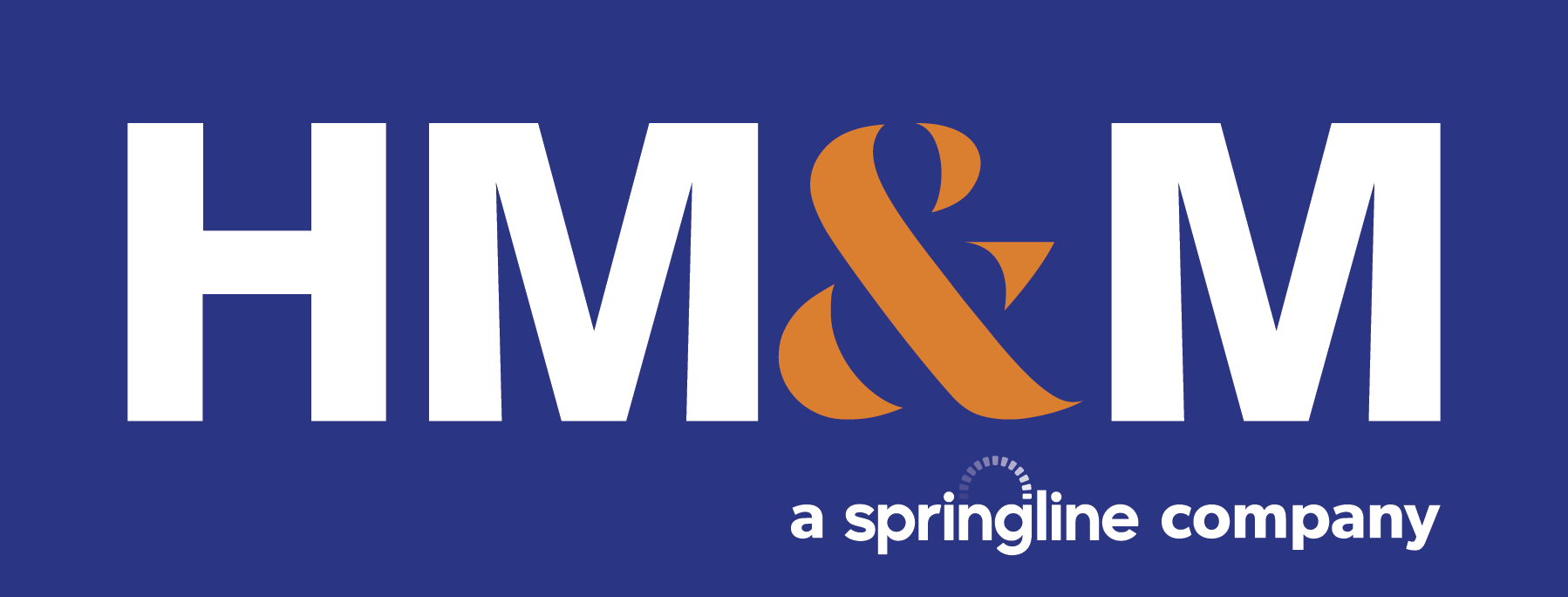The $349 billion Paycheck Protection Program (the “PPP”) is one of the largest provisions of the Coronavirus Aid, Relief, and Economic Security Act (the “CARES Act”, or the “Act”) enacted on March 27, 2020. The PPP provides funding to small businesses through federally guaranteed loans administered through Section 7(a) of the Small Business Act. On April 3, 2020, banks began accepting applications for PPP funding and by April 16, 2020 the $349 billion was depleted. On April 24, 2020, Congress enacted the Program and Health Care Enhancement Act which gave way to a second wave of funds totaling $321 billion for small business and certain non-profits under the PPP program as well as additional appropriations for CARES Act provisions related to healthcare providers. As expected, small businesses rushed to apply for PPP loans before the funds were exhausted. The program ended on August 8, 2020.
Accounting & Reporting Considerations
Currently, there is no specific guidance in U.S. generally accepted accounting principles (“GAAP”) that addresses the accounting by an entity that obtains a forgivable loan from a government entity. However, due to overwhelming demand for some form of guidance for accounting for PPP loans, the American Institute of Certified Public Accountants (“AICPA”), in consultation with Financial Accounting Standards Board (“FASB”) staff, issued guidance in June 2020 in the form of “Technical Question and Answer (TQA) 3200.18”, Borrower Accounting for A Forgivable Loan Received under the Small Business Administration Paycheck Protection Program. In the absence of more formal guidance from regulatory bodies, the different components of PPP loans should be accounted for based on our current interpretation of U.S. GAAP as described below and the TQA guidance issued by the AICPA.
Long Term Debt
PPP loans should be accounted for as debt instruments in accordance with ASC 470, Debt. Therefore, when the loan proceeds are received, the accounting entry would be a debit to cash and a credit to a long-term liability account (i.e., “PPP Loan Liability”). The presentation of the loan in the balance sheet (long term vs. short term) should be accounted for in accordance with existing guidance in U.S. GAAP regarding the presentation of assets and liabilities, whereas, the portion of the loan due within 12 months from year end will be considered a current liability and the remaining portion will be considered a long term liability.
Forgiveness
The forgiveness of PPP loans should be accounted for as debt extinguishment in accordance with ASC 470, Debt as a liability is considered to be extinguished for financial accounting purposes if either of the following conditions is met:
- The debtor pays the creditor and is relieved of its obligation for the liability
- The debtor is legally released from primary obligation under the liability
Forgiveness for PPP loans is obtained by (subject to change – pending additional guidance from SBA):
- Incurring payroll and other qualified expenses (mortgage interest, rent, utility payments) over an 8 week period or 24 week covered period (as defined by guidance issued by the SBA and Treasury) after the loan is made.
- Retaining certain levels of employment and employee pay as set forth by the Interim Final Rule guidance published by the SBA on April 2, 2020. Additional guidance is expected to be published, however to this date, additional guidance has not yet been published.
- Submitting a request to the lender within 10 months after the end of the 8 week or 24 week covered period which includes documentation of payroll and other qualified expenses paid with loan proceeds as well as supporting documentation for levels of employment and employee pay.
- Receiving confirmation from the lender that the SBA has forgiven the loan.
Therefore, when the loan is legally forgiven by the lender, the accounting entry would be a debit to a long-term liability account (i.e., “PPP Loan Liability”) and a credit to income. It should be noted that a borrower should not recognize any income from the extinguishment of its debt until the borrower has been legally released as the primary obligor under the loan.
In addition, the forgiveness of PPP loans as income should be recorded as other income and not included in income from operations based on the unprecedented nature of COVID-19. Under ASC 220-20-45, “material events or transactions that are considered to be of an unusual nature or of a type that indicates infrequency of occurrence, or both, should be presented in the income statement as a separate component of income from continuing operations.”
Qualified Expenses
While the PPP provides for loan forgiveness, the costs of qualified expenses should continue to be accounted for as operating expenses consistent with existing accounting policies. Specifically, payments for payroll, rent, utilities, and mortgage debt interest should be recorded as costs in the income statement and not as a reduction in the PPP loan liability. Additionally, these costs are operating expenses of the business and exclusion from the income statement would be misleading to the users of the financial statements.
Interest
Although interest and principal payments are deferred for up to 10 months from the end of the 8 week or 24 week covered period, interest should be accrued as a liability on a monthly basis at the stated rate of one percent as the interest is a liability of the borrower until it is forgiven. An entity would not impute additional interest at a market rate (even though the stated interest rate may be below market) because transactions where interest rates are prescribed by governmental agencies are excluded from the scope of the FASB ASC 835-30 guidance on imputing interest. The extinguishment of the interest liability should be accounted for in the same manner of the extinguishment of the loan.
Financial Statement Disclosures
The entity should consider the disclosure requirements in U.S. GAAP for debt instruments. In addition, to the extent a PPP loan remains outstanding as of a financial statement reporting period, entities should consider disclosing uncertainties related to eligibility, tax deductibility, and complexity surrounding the PPP loan forgiveness process.
Find the TQA issued by the AICPA in June 2020 here.
HM&M is following COVID-19 tax and accounting guidance closely and will continue to keep you informed as a trusted advisor during this time. For questions, please contact your HM&M advisor.
For more information check out HM&M’s COVID-19 Resources page.
HM&M COVID-19 ResourcesLatest News
On June 9, the IRS released Announcement 2022-13, which modifies Notice 2022-3, by revising the optional standard mileage ...
At the tail end of 2021, the Internal Revenue Service (IRS) released new Schedules K-2 and K-3 effective ...
This information is current as of Sunday, November 21, 2021. On Friday, November 19, 2021, after the Congressional ...
HM&M Updates
DALLAS, Dec. 11, 2024 – Springline Advisory, a trailblazing financial and business advisory firm, is proud to announce its partnership ...
Last month, Senior Manager, Pearl Balsara was invited to speak at the 2023 FPA DFW Annual Conference in ...
We are pleased to announce the winners of the 2022 HM&M Excellence Awards. Ronna Beemer, Keith Phillips, and ...










